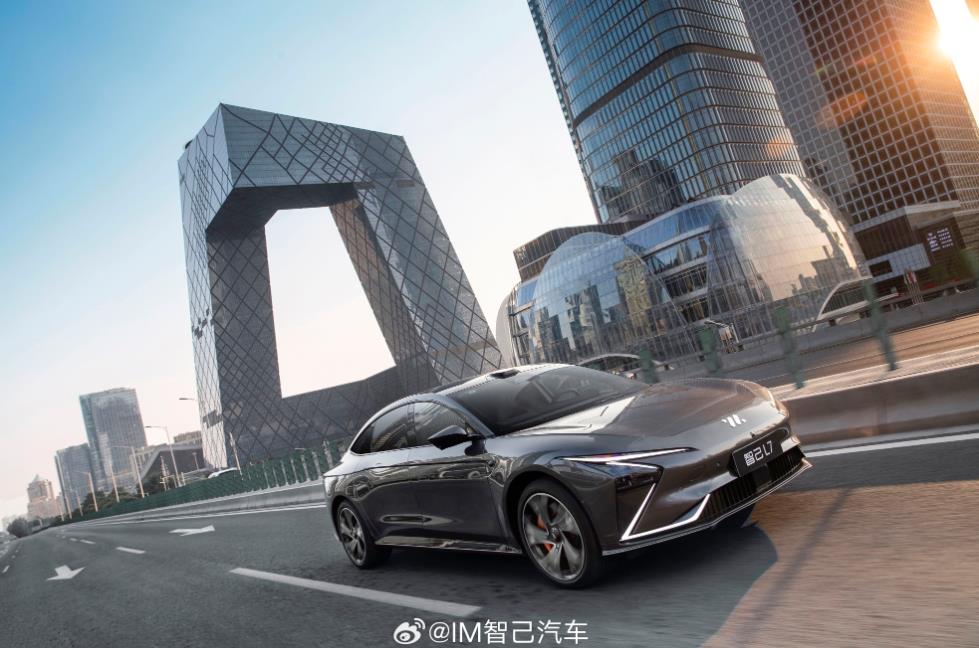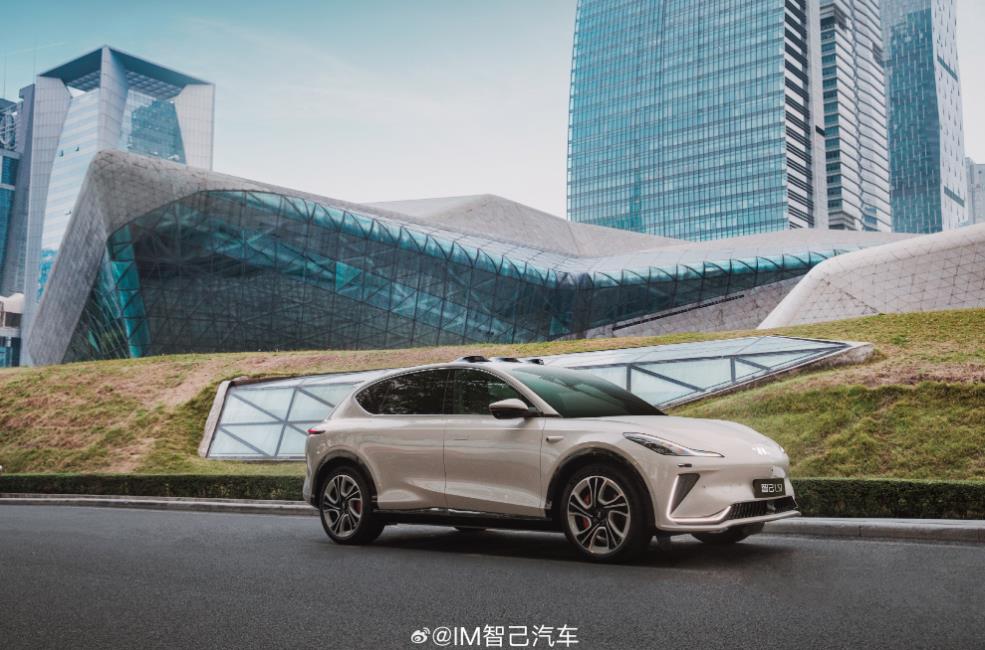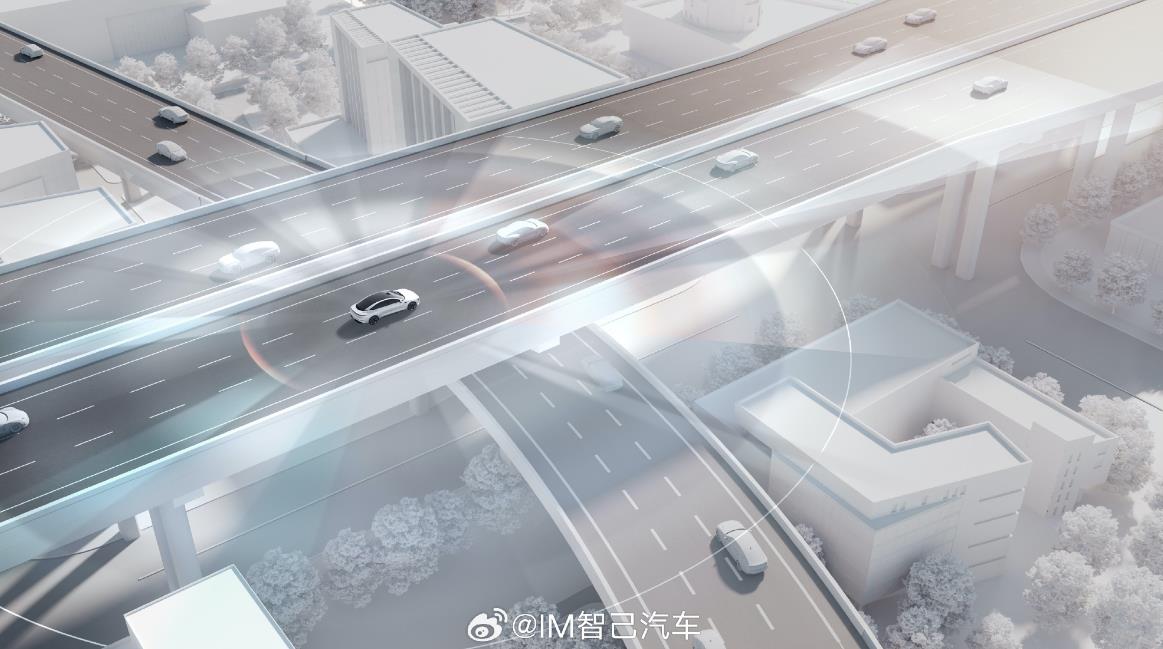Zhiji Automobile Beijing Fifth Ring Expressway Elevated NOA is fully opened, and it is expected to cover the whole country by the end of this year.
On September 15 th, Zhiji Automobile announced today the new progress in the layout of IM AD high-speed elevated NOA (IT note: automatic assisted navigation and driving), which has covered 12 provinces and 26 cities nationwide so far.

According to the official, the IM AD high-speed elevated NOA BETA version of the public beta has landed in six provinces and nine cities, and is open to the users of Zhiji L7 and LS7 public beta. The NOA map of Beijing also ushered in a major update, expanding from the high-speed elevated road section outside the Fifth Ring Road to the high-speed elevated road section outside the Second Ring Road (including the Second Ring Road).

The newly-added coverage area is nine cities in six provinces, including provincial expressways in Guangdong, Shandong, Yunnan, Guizhou, Sichuan and Hainan, as well as urban expressway elevated sections in Dongguan, Foshan, Jinan, Qingdao, Kunming, Guiyang, Changzhou, Nantong and Taizhou.
IT House noticed that before this, the NOA of Zhiji Expressway had covered Shanghai, Suzhou, Hangzhou, Chengdu, Guangzhou, Beijing, Nanjing, Ningbo, Wuxi, Wenzhou, Shenzhen, Wuhan, Zhengzhou, Xi ‘an, Changsha, Chongqing and Tianjin, among which Tianjin was the expressway section.

Zhiji said that while accelerating the expansion of the high-speed elevated NOA map, IM AD is conducting internal testing of urban NOA, and will officially open the public beta in October. In 2024, IM AD will realize "commuter mode and all cities will open together";
According to the previous official introduction, Zhiji IM AD is the only self-developed manufacturer in the industry that is compatible with Xavier and Orin dual intelligent driving computing platforms, and has efficient algorithm development capabilities. Based on the statistics of the frequency of road collision accidents in China, IM AD is 0.6 times per million kilometers, and human beings drive 1.9 times per million kilometers. IM AD is 3.2 times safer than human driving. According to the frequency of safety misoperation, IM AD is less than once per million kilometers, which is five times the industry level.